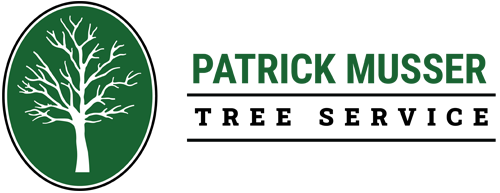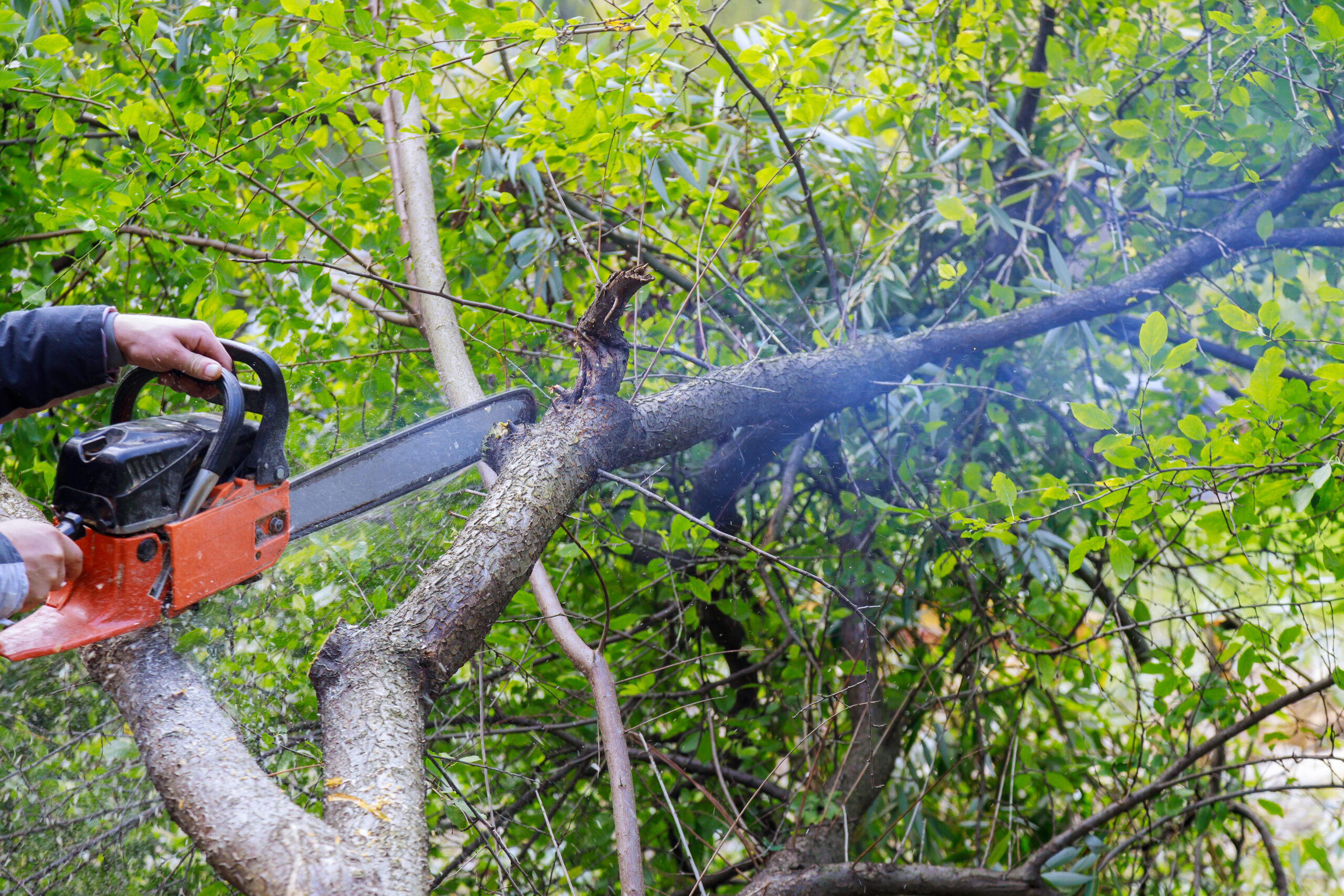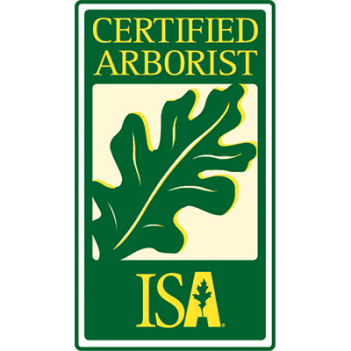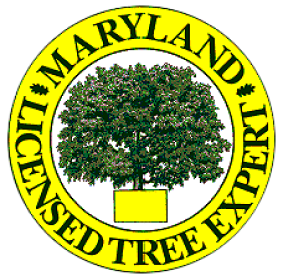Tree trimming is an essential part of tree care services. It is necessary to ensure the health and aesthetics of trees while also maintaining their safety. However, improper tree pruning can lead to various problems, including reduced tree vigor, increased risk of disease, and aesthetic issues. To avoid these pitfalls, it is important to be aware of the common mistakes that people make when trimming trees. This article will cover the dos and don’ts of tree trimming, offering valuable tips to avoid common issues during the process.
1. Understanding the purpose of tree trimming
Before we delve into the common mistakes, it is important to understand the purpose of tree trimming. Proper tree trimming has several benefits, including:
-Promoting tree health: Trimming helps remove dead or diseased branches, allowing the tree to allocate its resources more efficiently.
-Enhanced esthetics: Well-maintained trees add beauty and value to your property.
-Ensuring safety: Trimming helps remove hazardous branches that may pose a risk to people or property.
-Encouraging proper growth: By selectively removing branches, you can shape the tree and guide its growth in the desired direction.
2. Pruning at the wrong time
Timing is crucial when it comes to tree trimming. Pruning at the wrong time can have negative consequences for the tree’s health. Different tree species have specific optimal pruning times. Most trees should be pruned during late winter or early spring when they are dormant. However, there are exceptions, such as trees that bloom in spring, which should be pruned immediately after flowering. It is important to research the specific pruning requirements for each tree species or consult a professional tree care service.
3. Over pruning or topping
One of the most common mistakes in tree care is over pruning or topping. Topping involves indiscriminate cutting of tree branches, usually to reduce the tree’s size. This practice not only weakens the tree’s structure but also leads to rapid regrowth of weakly attached branches. Over pruning, in general, can cause stress to the tree, making it susceptible to diseases and pests. The rule of thumb is to never remove more than 25% of a tree’s foliage in a single pruning session.
4. Improper pruning cuts
Another mistake that many people make when trimming trees is using improper pruning cuts. It is crucial to make clean, proper cuts that promote healing and minimize the risk of disease. Incorrect pruning, such as leaving stubs or making flush cuts, can harm the tree and provide openings for pests and diseases. The correct technique is to make a clean cut just outside the branch collar, which is the swollen area where the branch attaches to the trunk.
5. Neglecting to consider tree health and structure
Before pruning a tree, it is important to assess its health and structure. Neglecting this step can lead to problematic tree trimming. If a tree is already stressed, it should be pruned with caution to avoid further damage. Additionally, understanding the tree’s growth habits and architecture is essential for making well-informed pruning decisions. For example, removing a major branch without considering the structure of the tree can make it unstable and more prone to damage from wind or storms.
6. Using incorrect tools and equipment
Using the wrong tools for tree trimming can result in poor cuts or accidents. It is essential to use sharp, clean tools specifically designed for tree pruning. Tools such as hand pruners, loppers, and pruning saws should be of high quality to ensure clean cuts and reduce the risk of injury. Regular maintenance and cleaning of tools are also important to prevent the spread of diseases between trees.
7. Preventing tree trimming problems
Taking preventative measures can significantly reduce the likelihood of encountering tree trimming problems. Some key tips include:
-Regular tree inspections: Periodic inspections by a professional tree care service can identify potential pruning needs and address them in a timely manner.
-Hiring a qualified tree care professional: Complex or large tree pruning should be left to professionals who are experienced and knowledgeable in tree care. They can make informed decisions based on the tree’s specific needs.
-Do your research: Familiarize yourself with the specific requirements of the tree species in your landscape. Research the best practices for pruning and seek advice from experts when needed.
Conclusion
Tree trimming is an essential part of tree care services, but it must be done correctly to avoid common mistakes. Remember to always consult a professional tree care service such as Patrick Musser Tree Service for expert advice and assistance. Request a Free Estimate today and give your trees the care they deserve.



